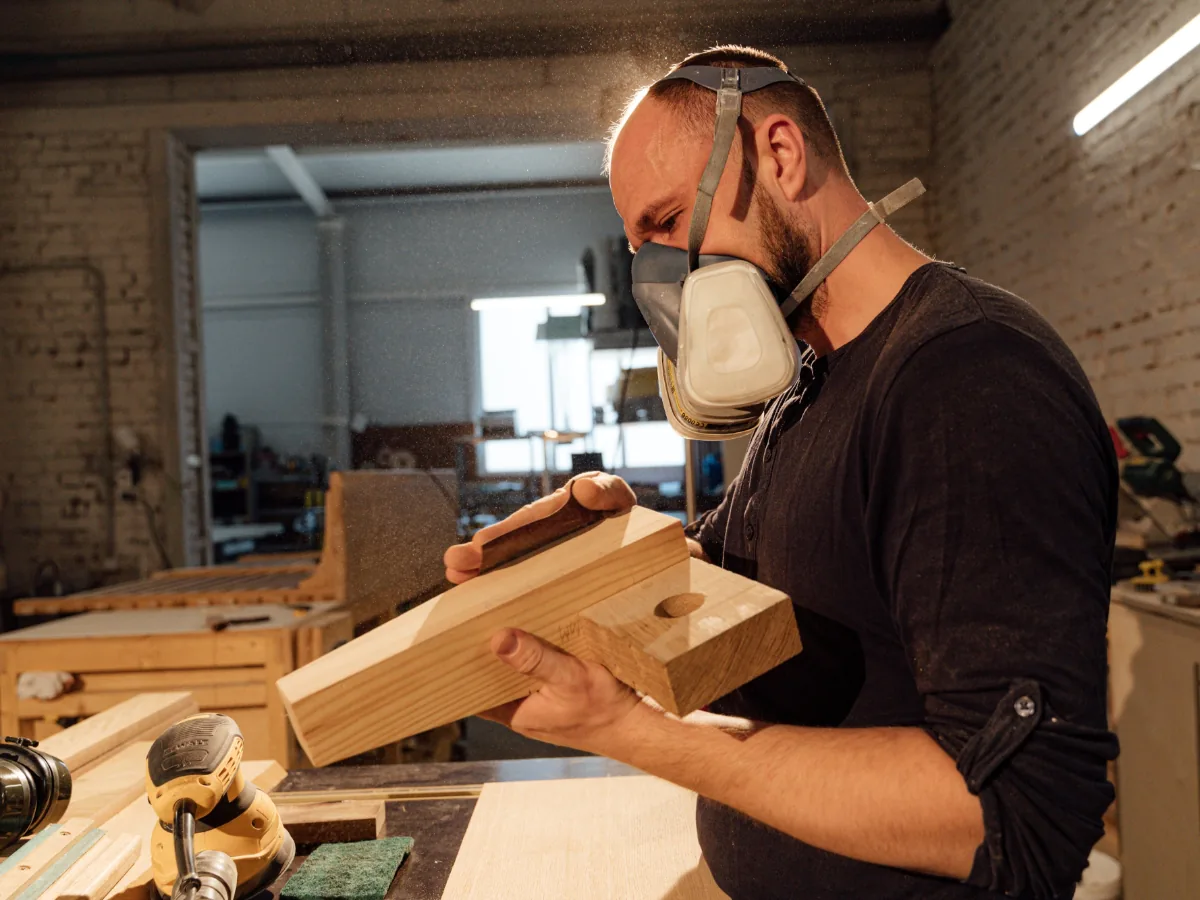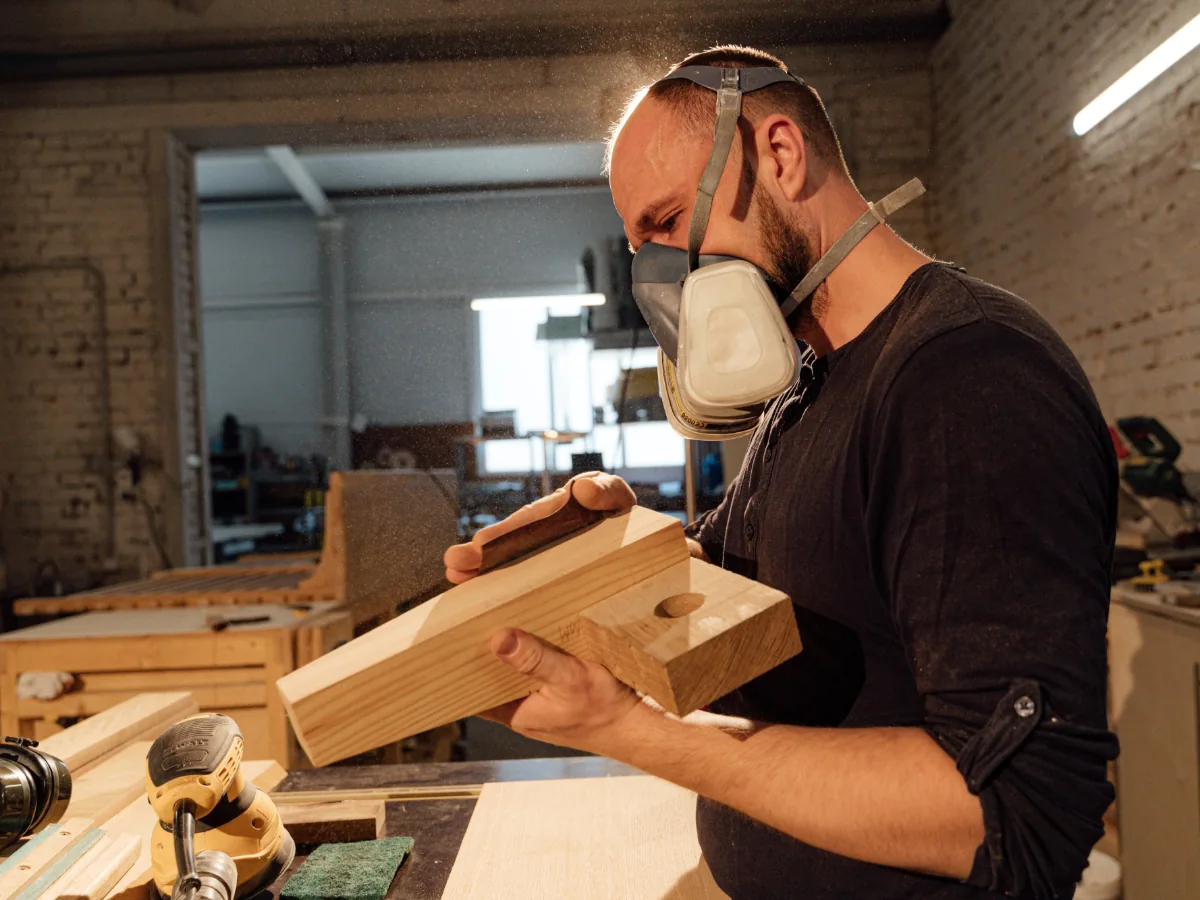Hi doctor,
In this lesson, we’re covering forehead contouring with dermal filler — a technique that can subtly feminize, balance, or rejuvenate the upper face. It’s not always the first area that patients request, but when it’s done well, it transforms the overall harmony of the face — especially in profile.
Whether you’re treating bone resorption, structural hollowness, or just want to create a smoother, more youthful look — this treatment can deliver amazing results. That said, it’s also high-risk, so technique and anatomical understanding are non-negotiable.
Let’s walk through how I approach forehead filler — safely and effectively.
🧠 Understanding the Forehead Anatomy
The forehead may look like a flat plane, but it’s more complex than it seems.
Here’s what we’re dealing with:
- Frontal bone underneath
- Covered by the frontalis muscle (which is very thin in the upper forehead and thicker in the lower)
- Loose areolar tissue and subcutaneous fat vary in thickness by zone
- Vascular danger zone: the supratrochlear and supraorbital arteries run vertically close to the midline
- Veins and nerves also run in these vertical paths
The forehead is relatively avascular in the lateral third, but extremely risky near the centerline.
Vascular occlusion or blindness is a rare but real risk — so safety first.
✅ Who Needs Forehead Filler?
Ideal candidates:
- Have a flat or concave forehead
- Show bone resorption or volume loss with age
- Want a more rounded, feminine contour
- Have hollow areas or depressions they want smoothed
- May be preparing for facial balancing alongside nose, chin, or temple treatment
Younger patients often seek forehead contouring for aesthetic enhancement.
Older patients may need it for volume restoration and smoothing.
💉 What Filler Do I Use?
Forehead filler needs to:
- Spread smoothly
- Resist lumpiness
- Be safe in high-risk areas
Preferred characteristics:
- Low to medium G-prime (not too firm)
- Homogeneous texture
- Low risk of swelling or nodule formation
- Must be hyaluronic acid-based and dissolvable
My go-to products:
- Teosyal RHA 3
- Juvéderm Volbella or Volift
- Belotero Balance
- Restylane Refyne or Defyne (depending on firmness needed)
Avoid high G-prime, particulate, or non-reversible products here — the risk is too high.
✍️ Injection Techniques
You can inject the forehead using needle or cannula, but I prefer cannula for safety, especially near midline zones.
🔹 Cannula Technique (Preferred)
- Use a 25G or 22G cannula, 50 mm
- Entry point: at the hairline, lateral to the center (safe zone)
- Advance in the subgaleal or subcutaneous plane
- Use retrograde linear threads, small fanning technique, or microbolus — depending on contour needs
- Inject 0.2–0.3 mL per pass, reassess frequently
- Avoid crossing midline with force — if needed, use a second entry point on the other side
✅ Cannula reduces bruising, vessel trauma, and allows broader sculpting.
🔸 Needle Technique (Advanced/Specific Cases)
- Use a 27–30G needle
- Inject directly on bone or in subcutaneous layer
- Only for targeted contour correction, not full forehead shaping
- Requires precise aspiration and depth control
⚠️ High risk if midline arteries are accidentally penetrated — only do this if you’re experienced.
🔐 Volumes I Use
- Start small — 0.3–0.5 mL per side
- Build slowly to 1–1.5 mL total in most cases
- Assess asymmetries under good lighting and different angles
🛑 Mistakes to Avoid
- ❌ Overfilling – can look unnatural or cause heaviness
- ❌ Injecting into wrong plane – causes lumpiness or vascular risk
- ❌ Treating midline with blind needle technique – high risk of embolism
- ❌ Using irreversible fillers – not safe in this zone
📋 Aftercare Instructions
What I tell patients:
- Expect minor swelling for 1–3 days
- Avoid touching or applying pressure for at least 48 hours
- Sleep with head slightly elevated
- No exercise, makeup, or facial massage for 24–48 hours
Remind them that filler takes 7–14 days to fully settle and smooth out.
⚠️ Complications to Watch For
| Issue | What It Means | What To Do |
|---|---|---|
| Lumpiness / nodules | Superficial or uneven injection | Gentle massage, dissolve if needed |
| Bruising or swelling | Normal side effect | Ice, arnica, resolves in 3–5 days |
| Tyndall effect | Too superficial injection | Dissolve with hyaluronidase |
| Vascular occlusion | Serious complication, vision threat | Hyaluronidase immediately + emergency care |
| Headache | Injection near nerve or fascia | NSAIDs, rest, avoid overcorrection |
👨⚕️ Final Thoughts
Forehead filler is a high-level skill — and it’s not about “plumping.”
It’s about sculpting a smooth, harmonious, and natural contour — especially when balancing other facial features.
Always respect anatomy, go slow, use a cannula when possible, and never chase symmetry aggressively in one session.
This treatment can be subtle — but the change in patient confidence is often huge.
🎓 Want to Learn the Full Technique Step-by-Step?
Inside my online video course, I guide you through:
- Forehead anatomical zones
- Live injection footage with cannula
- Filler selection breakdown
- My plane selection and safety protocol
- Managing risk zones and complication handling
No hands-on course required — it’s all 100% online.
👉 Click here to enroll:
🔗 Join the Forehead Contouring Masterclass (Insert your Kajabi course link)
I’ll see you inside — and we’ll shape natural, elegant foreheads together.

